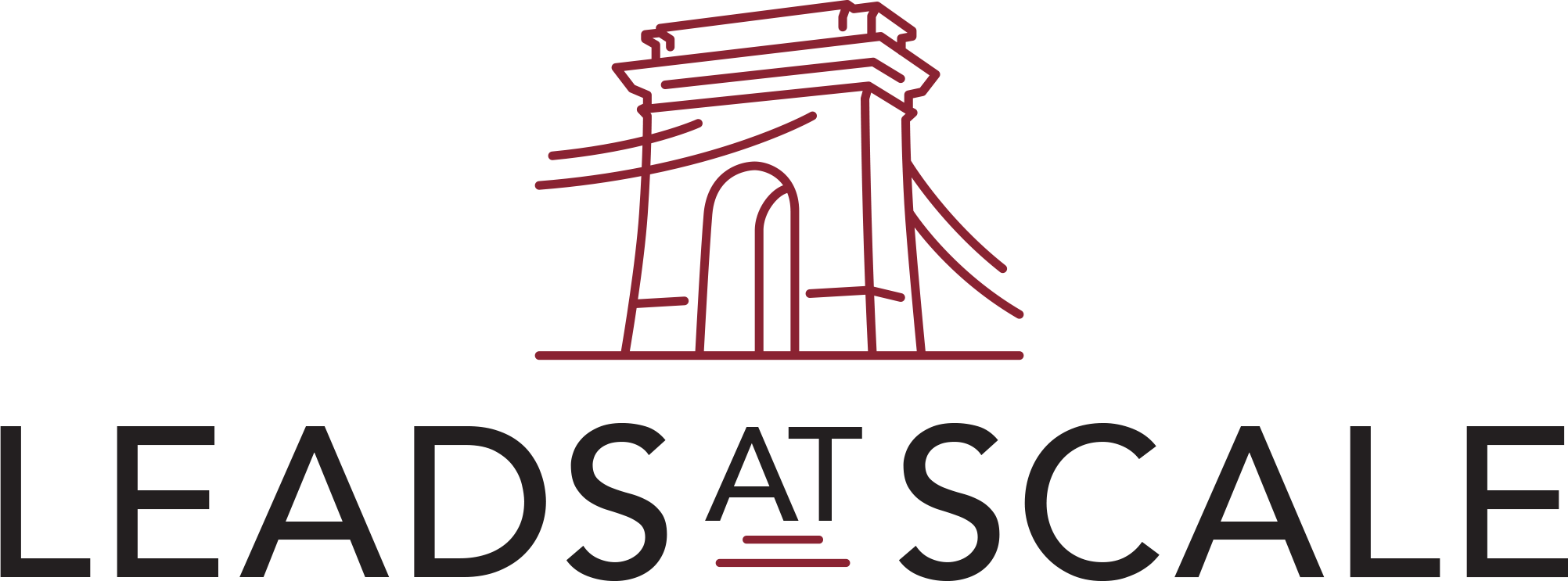Part of the sales process is learning to overcome sales objections. That doesn’t mean you should simply accept them, but that you should be prepared for them and understand how to handle objections in sales. Understanding the most common sales objections and developing a strategy to respond to them is essential to success in the field.
This blog post will cover how to overcome objections in sales by exploring the most commonly encountered objections and providing examples of responses that could be used to counter them.
Most Common Sales Objections
Some excuses you’ll encounter will be completely unique to the individual customer. But some common objections come up regularly. Here are the five most popular ones that will come across.
Lack of Need
A lack of need is expressed by a potential customer in reply to your inquiry about why they haven’t yet purchased your product. They may say something like ”I don’t need i”or ”it doesn’t solve my problem.” In other words, they may not even realize they need the product.
For instance, if you’re selling an email marketing automation tool and the customer has no idea what that means or how it could help them, they may say they don’t need it. Remember that B2B sales are all about adding value, so it’s only natural that the customer may not be interested until they understand the product’s benefits.
How to Handle Sales Objections About Need and Fit
Handling this particular objection largely relies on education. You must explain to the customer why they need your product and how it will benefit them. Show them their problem, and then demonstrate how your product can help solve it. You can say,”our product can help you streamline your process, save time and money, and free up resources to focus on other tasks.”
However, ensure you aren’t presenting your product as a ”nice to have” or an unnecessary luxury. Instead, identify the customer’s pain points and then explain how your product can provide a solution.
Ideally, this process should be a part of your overarching sales strategy, and you should be prepared to have this conversation with every customer. Perhaps you have some documentation about the product and its features, or you can even provide a free demo so they can test it out for themselves. The more information you have, the better your chance of success.
Lack of Trust
Studies show that nine out of ten adults prefer to buy from a brand they know and trust. As if that wasn’t enough, the Internet is littered with stories of scams and fraud, so it’s no wonder customers are hesitant to buy.
You must understand that most businesses receive dozens, if not hundreds, of monthly sales pitches. So even if the customer is interested in your product, they may be hesitant to buy from you because they don’t know or trust you yet. This is especially problematic for startups who may not have the level of recognition that more established companies enjoy.
You’ll recognize a lack of trust objection when the customer is not willing to commit to a purchase, or they have doubts about your product. Untrusting prospects usually use the lines ”I need to think about it” or ”I’m not sure your company is right for me.”
How to Handle The Sales Objections Related to Trust
When it comes to trust, you’ll need to be proactive and demonstrate that your company is reliable and trustworthy. How? Start nurturing those leads by building relationships with the customer. As much as possible, personalize your sales interactions. Take the time to get to know them and understand their needs and challenges. Show them that you care about their business, not just their money.
Social proof is another powerful selling tool. Sharing customer testimonials, reviews, and case studies will help show potential customers that others have already made the leap of faith and received positive results. Tell them, ”Many of our customers have seen success with our product, such as XYZ company.”
Finally, be sure to have a full-proof satisfaction guarantee in place. If the customer still has doubts about your product or service, this is a great way of reassuring them and showing them that you stand behind your offering. It’s a great way to demonstrate confidence in your product. Reduce the risk for the customer, and you’re more likely to close a sale.
Lack of Authority
A frustrating objection salespeople face is the ”lack of authority” objection. You may have spent days cultivating a relationship with a potential lead. And when you’re finally ready to close the deal, the customer suddenly tells you they must get approval from someone else before proceeding.
Often, this is simply a negotiating tactic or an attempt to get a better price. But sometimes, it’s legitimate, and the customer truly does need their superior’s permission. You might encounter this problem more often when dealing with larger companies or corporations.
Technically speaking, lack of authority isn’t an outright ‘no.’ For example, a customer might tell you: ”I’m interested in your product, but I have to run it by my boss first.” How do you handle this?
Overcoming Sales Objections About Authority or Ability to Buy
As one of the simpler objections to overcome, the key here is to focus on the decision-maker. If you don’t already know who they are, do some research and find out how you can get in touch with them. You can also ask your contact for help in introducing you to the decision-maker. Say something like: ”I’d love to tell them about our product and understand their needs. Could you help me get in touch with them?”
A joint meeting may also be beneficial. Since you’ve already garnered some interest from the main contact, try to get them both in the same room. That way, you can count on the contact vouching for you, and the decision-maker is more likely to trust your product.
In the future, you can avoid wasting time by targeting decision-makers immediately. Spend more time on the research phase and determine who is in charge of purchasing decisions before making contact. They will usually be C-level executives.
Contentedness Objection
Perhaps the most common type of objection salespeople face is contentedness. You might hear, ”We’re happy with our current provider/product,” or ”We don’t really need anything right now.”
In most cases, this is the customer’s polite way of declining your services. They may also not be willing to admit that they’re unhappy with their current supplier. Or they may feel loyal and unwilling to switch. Others are stuck in old habits and don’t want to take a chance at something new.
Lastly, being misinformed is another common cause of this objection. Customers are sometimes unaware of the latest technological advancements or how their current product/provider isn’t meeting all their needs. Whatever the reason, it’s quite possible that the customer isn’t as content as they say they are.
How to Overcome Objections in Sales About Contentedness
Much like the ”lack of need” objection, education is key here. Start by establishing the customer’s current level of satisfaction with their product or provider. Ask them questions to get an idea of what they need and don’t need regarding features, support, etc. Then compare this list against your own offering and show them how your product can provide a better solution for their needs.
It’s important to be patient and understanding when dealing with contentedness objections. Regardless of their real feelings, the customer may still feel loyalty or attachment to their current product. Empathize with them and show them why it can be beneficial to switch. ”Sure, your current product is working well, but ours offers some additional features that can take your business to the next level.”
You can also showcase how previous customers had similar objections and quickly overcame them. How did they become comfortable with the switch? How have other customers been able to get more out of your product than their previous one? Providing real-world examples can be a great way to show how switching is beneficial, even if it causes some initial discomfort.
Aggressive Objection
The topic of how to overcome objections in sales is usually a fun part of the process. Unfortunately, there is also the aggressive objection. This one can come in many forms but usually involves customers being confrontational or hostile. You might receive a blunt ”No” or hear a customer yell at you on the phone. Others may be passive-aggressive, making snide comments or using manipulative behavior to get what they want.
In most cases, the customer is simply frustrated and feeling unheard. They may have had a negative experience with salespeople in the past and are taking out their frustrations on you. Additionally, they may simply feel overwhelmed by the buying process and don’t know how to express themselves respectfully.
Humans also have bad days. It’s possible you caught an otherwise polite customer on their worst day.
How to Handle Aggressive Objection
No matter the cause of the hostility, it’s important to remain professional and understanding. Keep your cool, and don’t take anything personally. The goal here is to defuse the situation and turn it into a rational conversation rather than an argument. Doubling down and being confrontational will only make the situation worse.
Start by acknowledging the customer’s feelings. Let them know that you understand their frustrations and want to help in any way you can. Then, instead of getting into a heated debate about why your product is better, try to ask questions to get to the root of the problem. For example, ”I hear how you feel, and I’m sorry that you’re having a difficult time. Can you tell me more about why you feel this way?”
If all else fails, give them a few days or weeks to cool off and think about their decision. Politely ask if they’d be willing to reconsider after they’ve had time to reflect on the conversation.

Signs That A Prospect Won’t Respond
Even if you know all about how to overcome objections in sales, it’s possible that some customers will still not be interested in buying your product. To avoid spending any time on a lost cause, you will need to create an effective lead qualification process. Also, there are certain signs to look out for that indicate a prospect won’t respond.
Budget: If a customer has stated that their budget absolutely won’t allow for your product, there’s no point in hanging onto them as a prospect. High-ticket items with little room for negotiation may especially be a challenge here.
Unresponsive: If you send emails to a prospect and don’t receive any response, this could indicate that they’re not interested in continuing the conversation. While a sales follow-up call is essential, sometimes it’s best to move on if they seem uninterested.
Refuse to bring your pitch to the right person: If a customer lacks the authority to make the purchase yet refuses to pass it on to the right person, there’s a good chance they don’t want you to succeed.
Bad leads: Lastly, if you’ve been working with poor leads that are unlikely to convert, it may be a sign that you’re not in the right target market. Going after bad prospects is not only time-consuming but can also hurt your bottom line.
Sum up
In conclusion, it takes a specific set of skills to navigate a conversation and turn it into an opportunity to close a sale. Understanding the different types and how to overcome objections in sales is vital. However, all that means nothing if you don’t have qualified leads to work with.
If you need help getting more qualified leads, consider enlisting the help of Leads at Scale. Our experts have the skills and experience to help you find high-quality leads that are more likely to convert.



